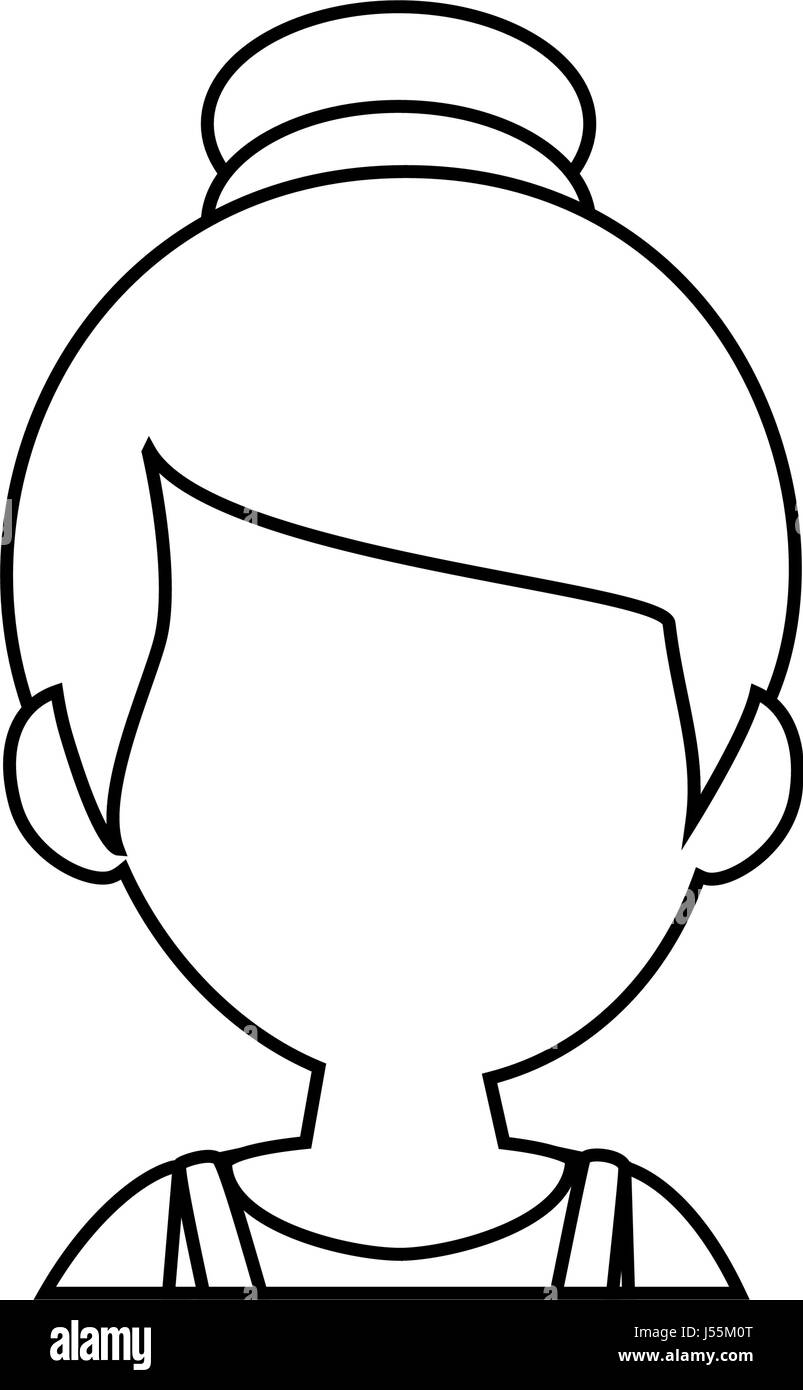

Magdalena is a self-taught digital artist, a frequent speaker at local events, and a guest teacher at Game Art universities in Cologne and Dusseldorf in Germany. She joins her love for storytelling and world creation in expressive illustrations with lifelike characters at the center. She is working as a Senior Concept Artist in the German-based Ubisoft studio, currently fully involved in “The Settlers” game title. It includes essays by Jean-Claude Schmitt, Bernard Andrieu, Sigrid Weigel, Georges Didi-Huberman, Claudia Schmoelders, Jonathan Cole, and an interview with the facial surgeon Rainer Schmelzeisen.Magdalena Proszowska, or simply Magda Proski, is a popular artist well-known for her stylized, eye-catching portraits and illustrations. The book’s trans-disciplinary approach is a first step toward a cultural history of the face. But, what does a face tell about ‘us’ – individually, culturally, and as a species? Perception and imagination, the belief in images and image making, they all overlap in the face. Often enough, we think of faces as identities. The essays are spurred by their author’s profound involvement with the questions: WHAT IS A FACE? What did and what does it mean, culturally, socially, psychologically, physiologically, aesthetically, historically? What might it look like in the future? What are our assumptions about what a face represents, what it means to lose one’s face, or live with someone else’s face. In their contributions, the authors examine the face as medium and material, as mise-en-scene and matter, as mirror and membrane, producer and recipient – as a cultural construction and a human determinant.

This thematic issue of the German art history journal "kritische berichte" gathers analytical approaches to the ‘phenomenon face’ from different disciplines: neurophysiology, philosophy of the body, cultural history, surgery, medieval history, and the history of art. Therefore, I adapt the concept of ‘the symptom’ to describe a broader kind of image operation whereby what the image represents is destabilising to the engendering of this image, so that it becomes a ‘symptomatic image’. However, I aim to broaden Didi-Huberman’s definition of representation with Belting’s conceptualisation of the image as operation, by applying it to the cinematic medium and to aberrant images. For this reason, I read how these images work and work on us in terms of Georges Didi-Huberman’s phenomenological and psychoanalytical delineation of ‘the symptom’ an ‘incomprehensible sign’ which both displays and dissimulates the process of figuration because it reveals the materiality of images. In aberrant images, this operation incorporates both visual elements and their affects (here understood as emotional and physical sensations experienced by sentient beings). My hypothesis is that they share a particular kind of image operation, a concept which I borrow from Hans Belting. Under the label ‘aberrant image’ I consider an array of previously described visual (and experiential) categories, namely the grotesque, abject, monstrous-feminine and uncanny, because of the characteristic way they destabilise viewers. Specifically, I discuss Neill Blomkamp’s blockbuster District 9 due to its abundance in aberration. My article takes as its collective subject this kind of image. Images of abnormalities and aberrations abound in visual culture, and these have recently enjoyed a growing scholarly interest. Placing the relational and formalist approaches to affect in dialogue with each other, the formless is explored as an affective operation based on the generative deformation of forms, triggering latent experiences in all those who encounter it. Drawing on the war experiences of the gueules cassées-the term given to the survivors of World War i who suffered extensive facial injuries-and several modernist texts by Rainer Maria Rilke, Gaston Leroux, and Richard Weiner, I argue that far from merely provoking horror, shock, disgust, or fascination, the faceless image operates both in literature and the visual arts as a figure, embracing on the one hand the aesthetics of the ‘formless’ and on the other the traumatizing experience of war. What happens when a human face begins to lose its familiar form, falls apart, becomes an uncanny, formless object? And how can language mediate such a brutal experience? Shifting from an affective ontology of the face toward the affective operations of the faceless, this essay examines, through both historical and aesthetic experiences, several encounters between subjects and disfigured faces that took place during the second decade of the twentieth century.


 0 kommentar(er)
0 kommentar(er)
